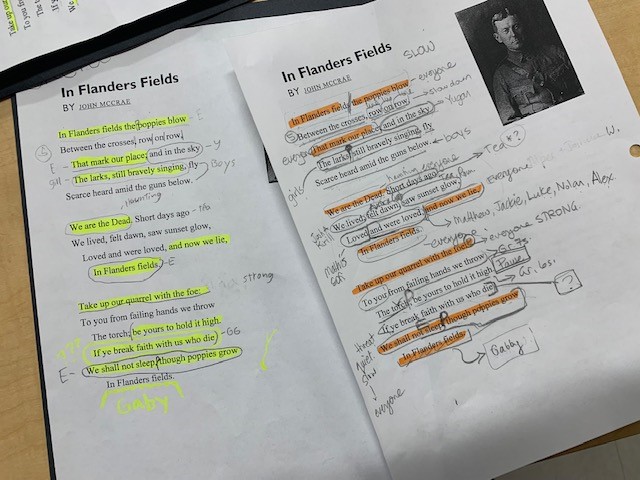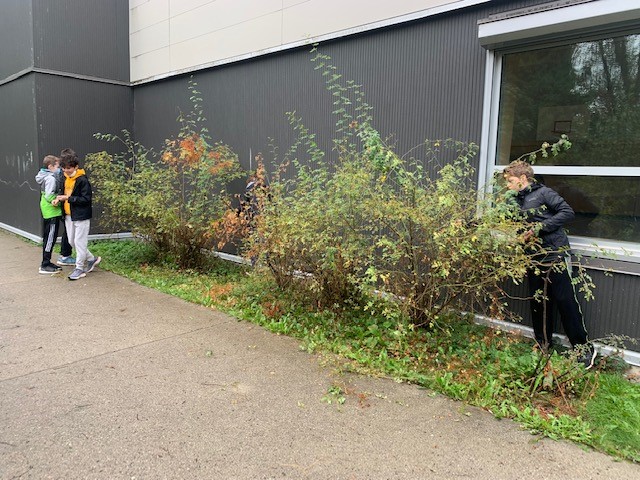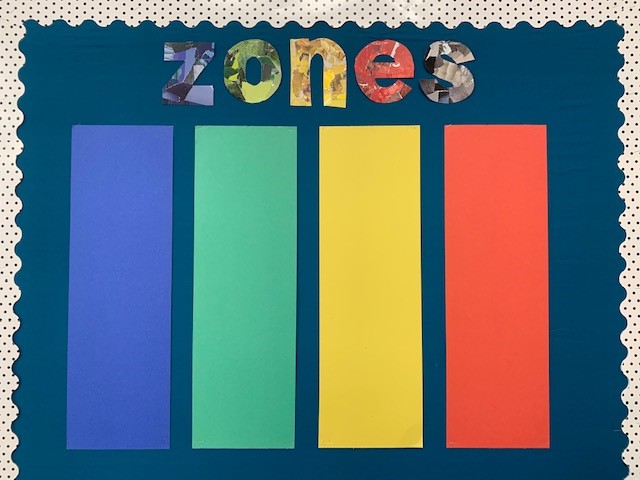Division 3 has been learning about how living things adapt and evolve to be successful in specific environments–meaning they can meet their survival needs. Living things need food, water, air, space, strategies for successful reproduction, and a way to stay safe from predators in order to continue thriving in an ecosystem.
Mimicry is one way that some animals protect themselves from predators. Yesterday we watched a video about the amazing Hawks Moth Caterpillar. Watch how this prey animal turns into (what looks like) a predatory one to scare away its own predator!
Division 3 has had the opportunity to work with the Inquiry Beaty Box, borrowed from the Beaty Biodiversity Museum at UBC. We have been carefully observing and making sketches of the specimens, and then analyzing and hypothesizing about how some of the various structures or characteristics of the organism benefit its survival in relation to where it lives.
Nature is truly amazing!
Division 3 — what was a structure or a characteristic of your specimen that contributed to its survival success in its particular ecosystem? Can you think of another example from outside of the Beaty Box?
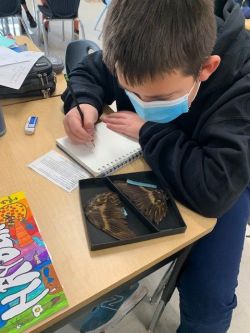
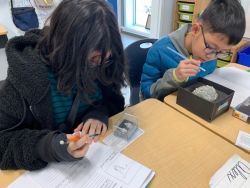
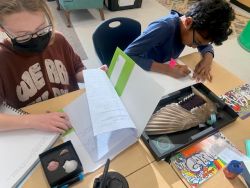
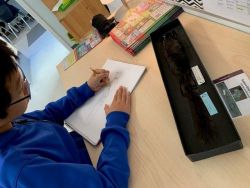
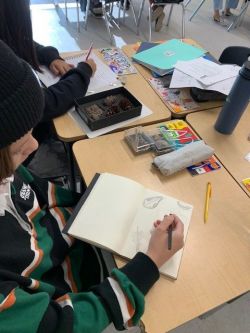















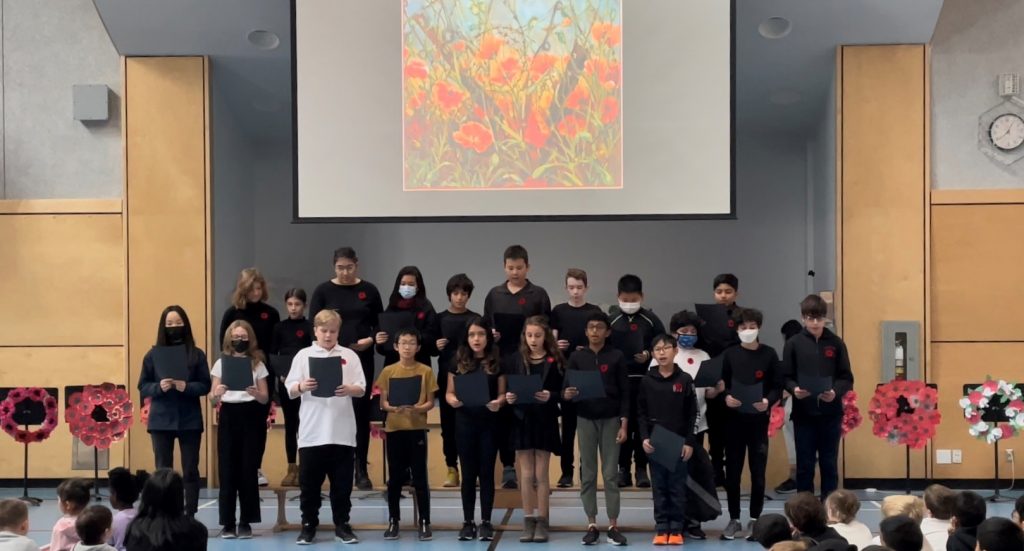
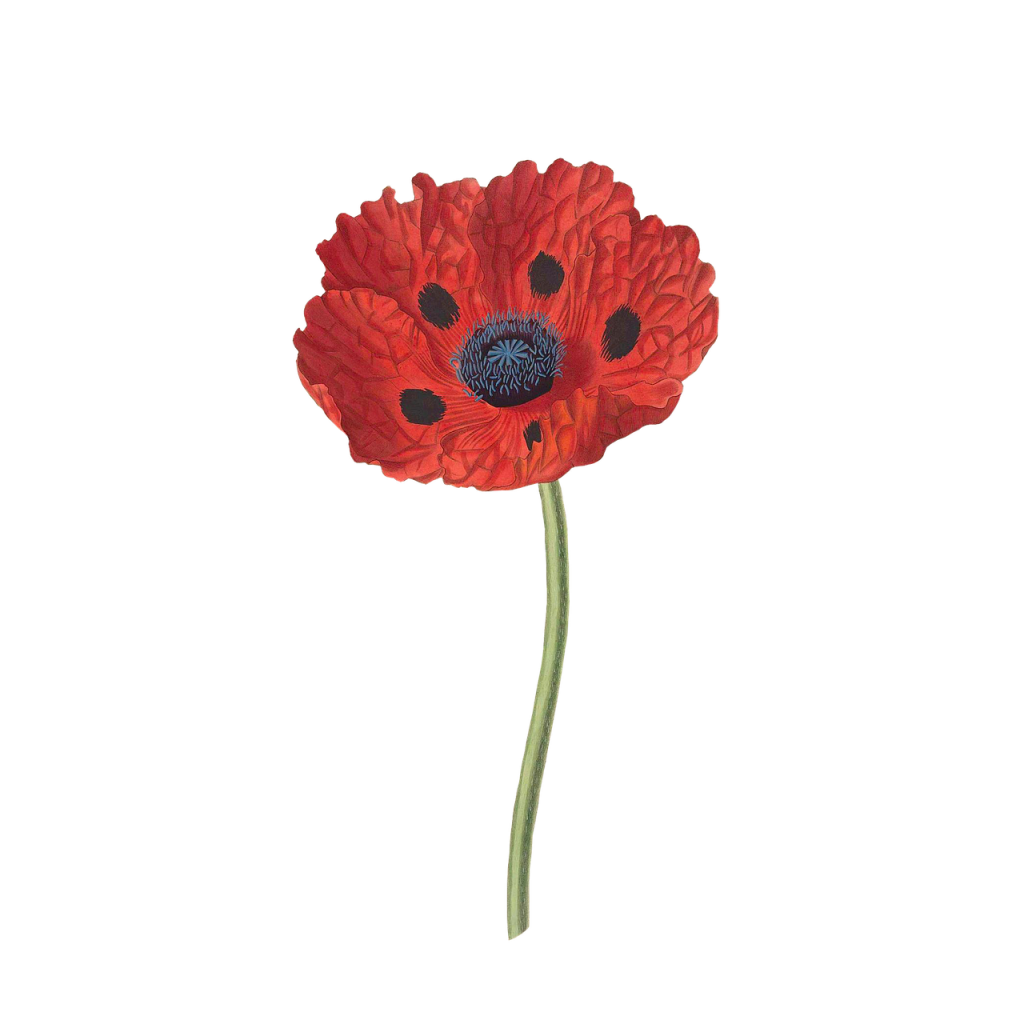 In preparation for the Remembrance Day assembly, Division 3 has been working on a dramatic chorale reading of John McCrae’s poem, In Flanders Fields.
In preparation for the Remembrance Day assembly, Division 3 has been working on a dramatic chorale reading of John McCrae’s poem, In Flanders Fields.